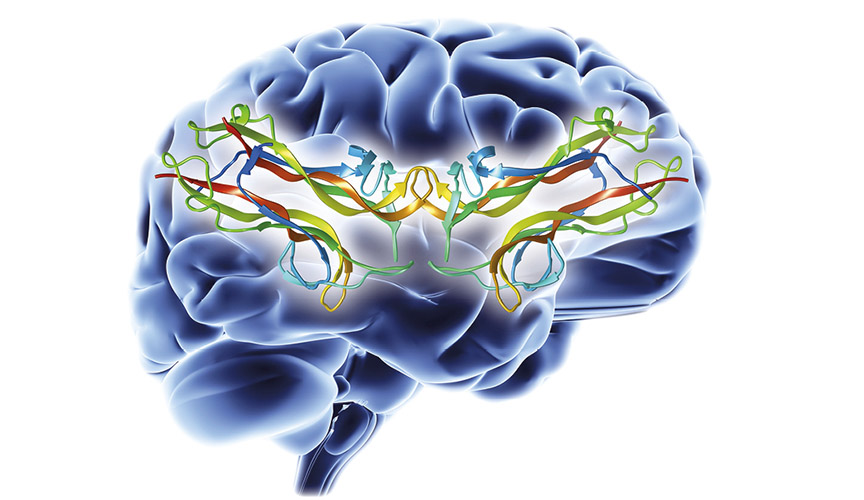Unlocking a Crucial Pain Gene
Le Bonheur Endocrinologist Joan Han, MD, recently published an article in Pain Journal exploring how haploinsufficiency of the brain derived neurotrophic factor (BDNF) gene effects pain sensitivity. Her research of the BDNF gene, funded by a grant from the National Institutes of Health (NIH), uncovered insights into pain circuit function and future strategies for pain control.
Han and her team conducted several tests to explore the effects of BDNF gene loss. First, they investigated pain sensitivity in humans with Wilms tumor, aniridia, genitourinary anomaly and range of intellectual disabilities (WAGR) syndrome. These children have variably sized heterozygous deletion of the 11p13 region.

Out of the 12 patients with WAGR who completed sensory testing, six had heterozygous deletion (+/-) of BDNF. They first analyzed parental reports about their child’s pain sensitivity. Parents of BDNF +/- subjects were significantly more likely to provide descriptions of their child having pain insensitivity.
“With the BDNF deletion there is an impairment in nociception or an increased pain tolerance,” said Han. “However, there is not a complete lack of pain sensation as observed in other gene mutations.”
Subjects also underwent quantitative sensory testing over a range of hot and cold stimuli. Again, BDNF +/- WAGR subjects rated these stimuli as significantly less painful confirming the hypothesis that BDNF hemizygosity may lead to impairment in nociceptive processing. In motor and sensory nerve conduction studies, results were similar between subjects with and without BDNF deletion, indicating intact peripheral signaling and suggesting that central nervous system processing of pain signals may be what is disrupted with BDNF loss.
Secondly, Han conducted nociceptive testing on rats in order to further assess the role of BDNF haploinsufficiency. The rats were exposed to various hot and cold stimuli including noxious heat, cold plate and infrared diode laser and observed for behavioral assessment. The BDNF +/- rats exhibited a significantly longer latency to withdraw from each of the stimuli.
“Our data suggests that BDNF may be a part of a larger gene network that modulates the complex trait of pain sensitivity in the general population,” said Han.
BDNF as a pain modulatory gene is significant because pain drives individuals to seek medical intervention. Diagnosis and treatment of painful medical emergencies can be delayed in patients with pain insensitivity.
The results of the study show that BDNF haploinsufficiency produces an elevated pain threshold, therefore suggesting a system where transmission in peripheral afferent nociceptors is still intact. However, the synaptic transmission of these signals to spinal second order neurons or higher CNS regions is potentially disrupted requiring stronger stimuli to elicit responses.
“BDNF as a pain modulatory gene is significant because pain drives individuals to seek medical intervention,” said Han. “Diagnosis and treatment of painful medical emergencies can be delayed in patients with pain insensitivity.”
Han and her team posit that reduced BDNF signaling causes a deficit in processing incoming painful sensations. Further research hopes to uncover the larger gene network in the trait of pain sensitivity as well as apply these findings to potential analgesic approaches.
Help us provide the best care for kids.
Le Bonheur Children's Hospital depends on the generosity of friends like you to help us serve 250,000 children each year, regardless of their family’s ability to pay. Every gift helps us improve the lives of children.
Donate Now















